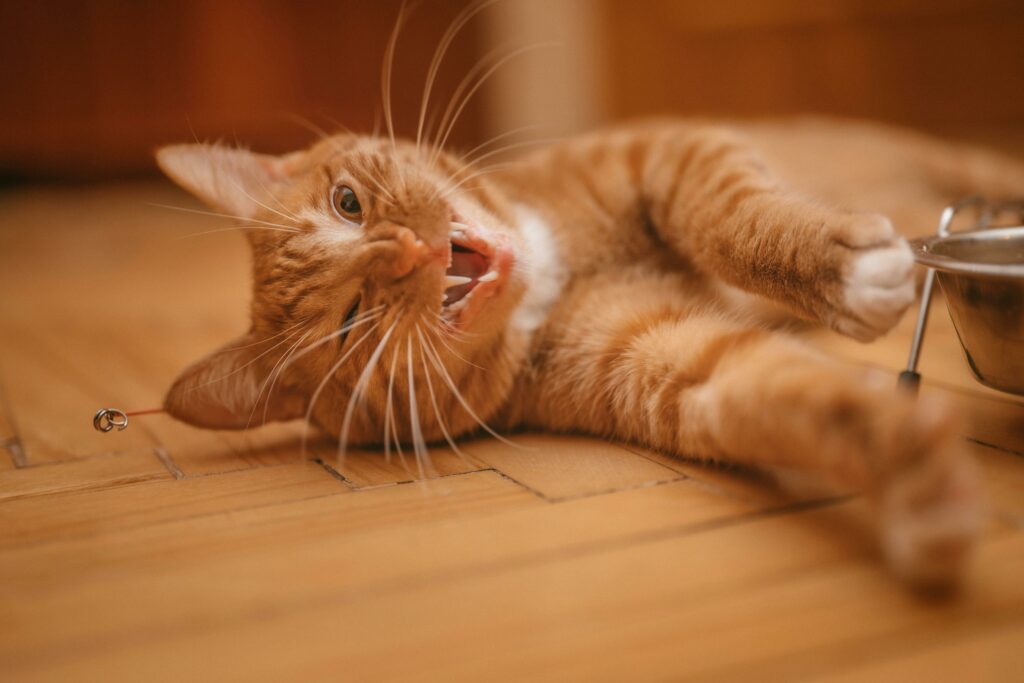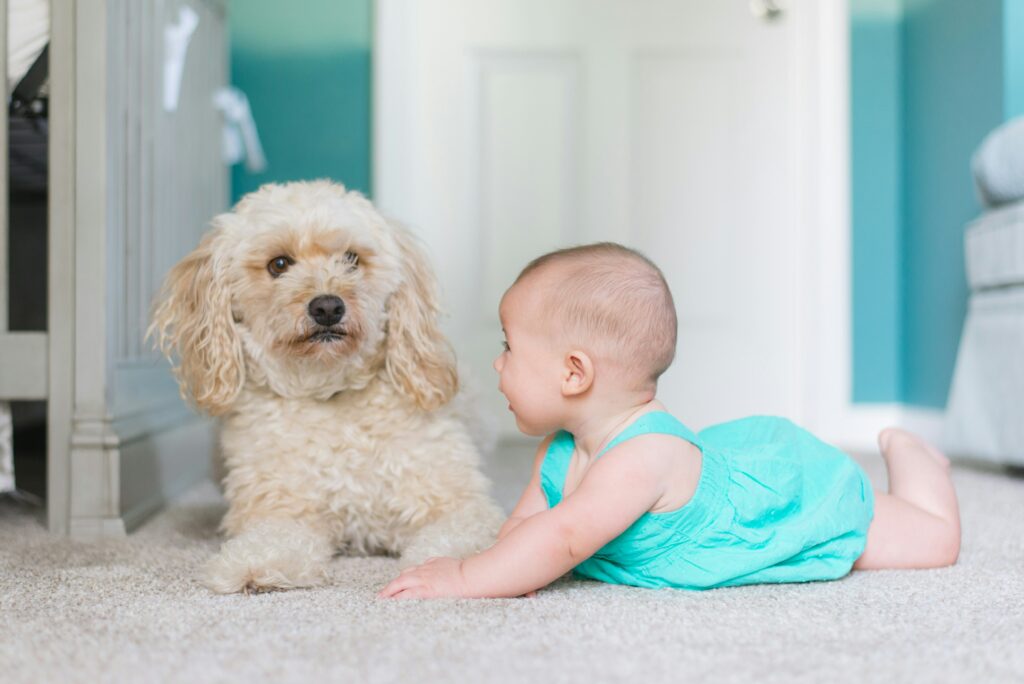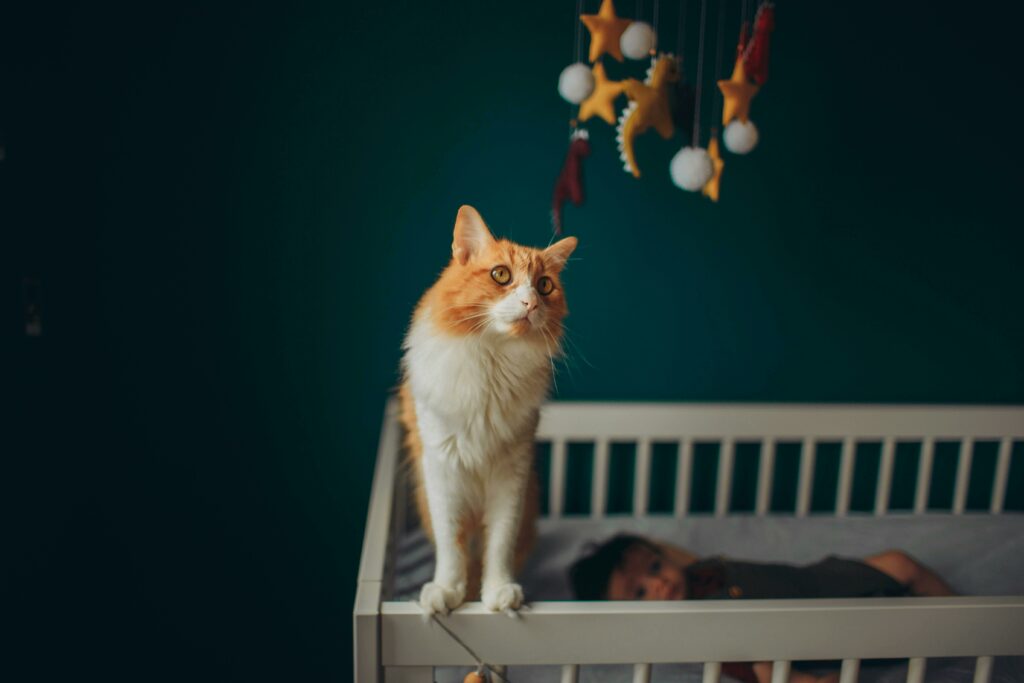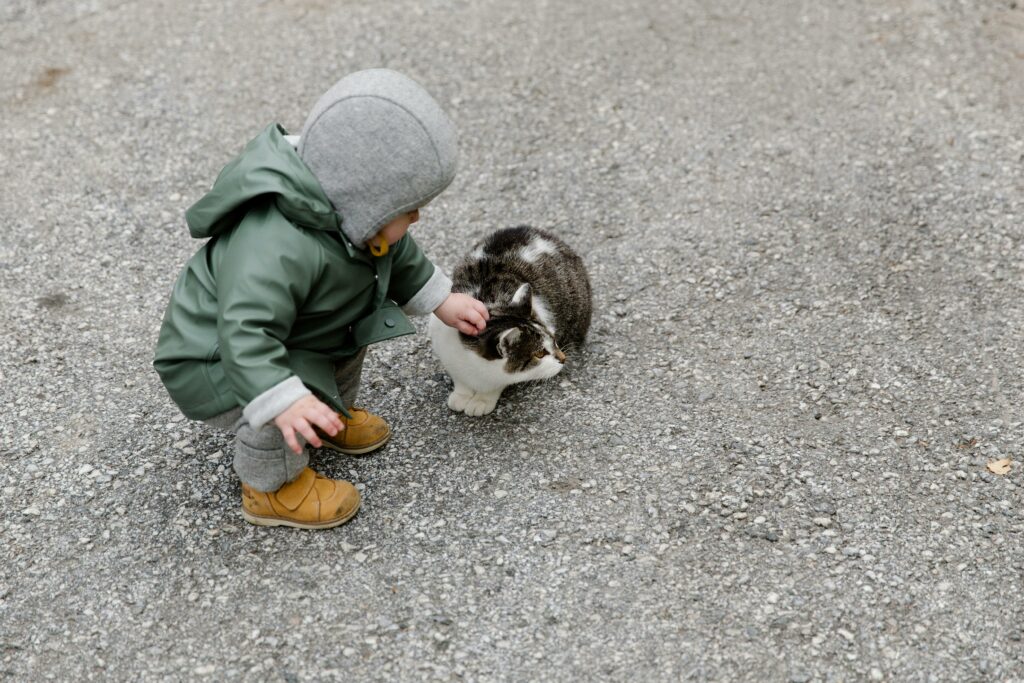
Indoor cats live safer, longer lives, but they can become bored without proper stimulation. Mental and physical engagement is crucial to preventing stress-related behaviors like excessive grooming, scratching, or overeating. By incorporating enrichment techniques, you can ensure your indoor cat stays happy and engaged.
1. Create a Cat-Friendly Environment
A well-structured indoor space can provide a stimulating atmosphere. Consider the following elements:
Cat Trees and Perches: Cats love to climb and observe their surroundings from elevated positions.
Window Perches: Placing a perch near a window allows your cat to watch birds and outside activity.
Hiding Spots and Tunnels: These provide security and entertainment, mimicking a natural hunting environment.
2. Provide Interactive Toys and Puzzles
Toys are essential in keeping your cat happy and active. Rotate different types of toys to maintain engagement:
Feather Wands: Imitate prey movements to stimulate your cat’s hunting instincts.
Puzzle Feeders: These encourage problem-solving and slow down fast eaters.
Laser Pointers: Promote physical activity but should be paired with a tangible toy for a satisfying “catch.”
3. Engage in Daily Play Sessions
Interactive playtime strengthens your bond and provides necessary exercise. Aim for at least two 10-15 minute play sessions daily. Try varying play styles:
Chase Games: Drag a toy along the floor to mimic fleeing prey.
Jumping Exercises: Encourage vertical jumps with dangling toys.
Fetch Training: Some cats enjoy retrieving small soft objects.
4. Offer a Variety of Scratching Posts
Scratching is a natural behavior that maintains claw health and marks territory. Provide:
Vertical scratching posts for stretching.
Horizontal scratch pads for variety.
Different materials like sisal, cardboard, and carpet.
5. Introduce Cat TV and Auditory Stimulation
Cats are visual and auditory creatures. Providing entertainment when you’re not home can reduce loneliness.
Cat TV Videos: YouTube features channels with birds, fish, or nature scenes designed for cats.
Soothing Music: Some cats enjoy classical music or feline-specific soundtracks.
Interactive Talking Buttons: Some cats can learn to “talk” with simple word buttons.
6. Encourage Exploration with Safe Indoor Plants
Certain cat-safe plants offer sensory stimulation and satisfy nibbling urges:
Cat Grass (Wheatgrass, Oatgrass): Safe for chewing and aids digestion.
Catnip and Silvervine: Stimulates playfulness in many cats.
Valerian Root: Provides a calming effect similar to catnip.
7. Train Your Cat with Positive Reinforcement
Teaching tricks and commands is a fantastic mental exercise. Use treats and positive reinforcement to teach:
Sit and High-Five: Simple commands that strengthen focus.
Leash Walking: Some cats enjoy safe outdoor walks.
Agility Training: Small obstacles or tunnels provide a workout.
8. Social Interaction and Bonding
Companionship is important for emotional well-being. Ways to strengthen your bond include:
Grooming Sessions: Many cats find brushing relaxing.
Cuddles and Lap Time: If your cat enjoys affection, provide gentle petting.
Clicker Training: Enhances engagement and teaches new skills.
9. Consider a Cat Companion
If your cat is social and adaptable, adopting a second cat can provide companionship. However, proper introductions and compatibility assessments are essential.
10. Rotate and Refresh Stimuli Regularly
To prevent boredom, rotate toys, rearrange furniture, and introduce new activities. Even small changes can keep your cat curious and engaged.

Conclusion
Keeping your indoor cat happy and stimulated requires a combination of environmental enrichment, interactive play, and mental challenges. By incorporating these strategies, you can ensure a fulfilling and engaging indoor life for your feline friend.
References
Exercise and Mental Stimulation for Cats – https://www.mountpleasant.com.sg/education/cat-exercise-mental-stimulation/
Cat Food Puzzles: How They Benefit Your Cat – https://www.hillspet.com/cat-care/play-exercise/cat-food-puzzles
Stop cat from scratching furniture with a scratching post – https://www.humaneworld.org/en/resources/how-stop-cats-destructive-scratching
Interactive Cat Toys: A Complete Guide to Keeping Your Cat Happy and Healthy – https://doctorpethospital.com/interactive-cat-toys-a-complete-guide-to-keeping-your-cat-happy-and-healthy/



































